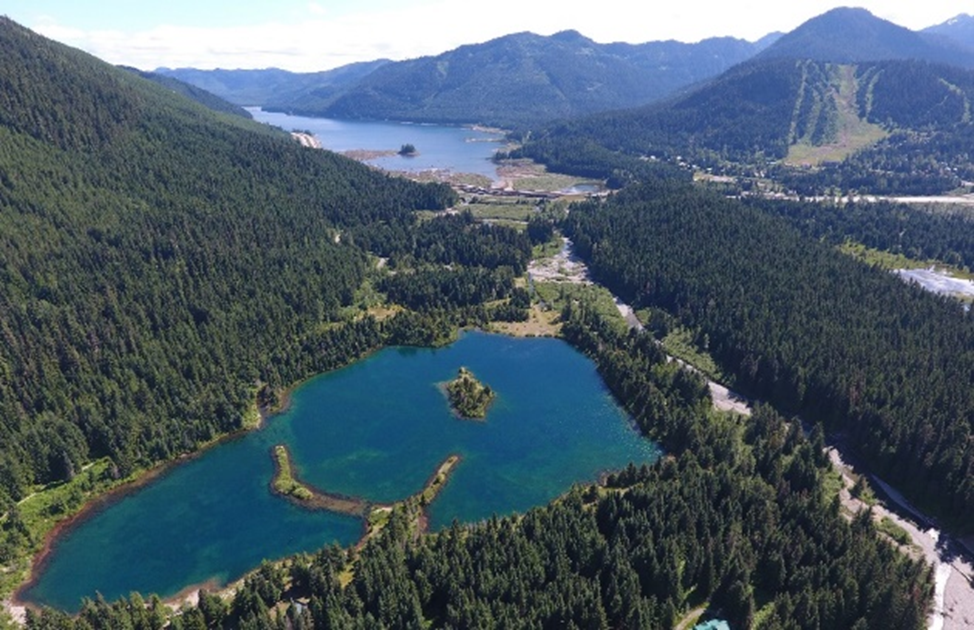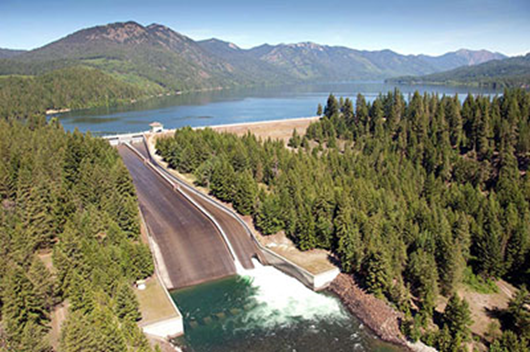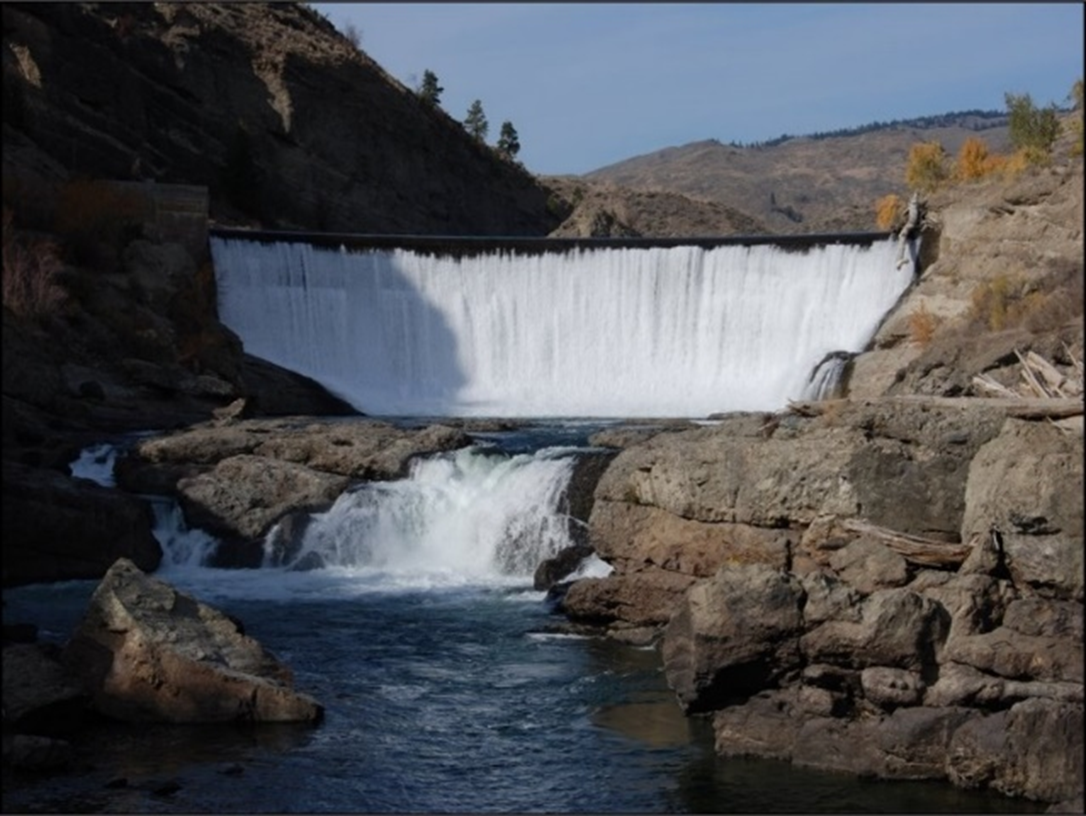Historic Conservation Progress: Transformational Fish Passage Projects to Rejuvenate Ecosystems, Bolster Climate Resilience, and Support Cleaner Water for Communities Across the Nation
Our nation’s freshwater resources are crucial to sustaining our communities, our economy, and our unmatched biodiversity. Rivers feed and sustain us, provide sources for recreation and reflection, and are sacred to many Tribal people. They also provide clean drinking water to our communities, protect us from droughts and floods, and refill underground aquifers.
Across the United States, millions of aging and poorly designed dams, roads, and levees have caused ecological damage and put communities and economies at risk. Reconnecting these waterways can restore the natural flow and functions of freshwater systems. This better protects communities from catastrophic floods, droughts, wildfire, and water pollution.
From removing forever chemicals from our drinking water, to investing in new technologies to conserve water resources, to reconnecting our rivers, streams, and wetlands, the Biden-Harris Administration has made historic progress to protect vital freshwater resources. Improving fish passage and reconnecting aquatic systems is one of the most effective ways to help conserve vulnerable species while building safer infrastructure for communities, ensuring clean drinking water, and improving climate resilience.
As part of new efforts to conserve and restore freshwater resources, today the Biden-Harris Administration is identifying an initial set of 10 transformational fish passage projects for focused attention, which you can learn more about in a new Reviving Rivers, Reconnecting Communities StoryMap from the U.S. Fish and Wildlife Service. These transformational fish passage projects are a testament to collective action and highlight locally led, landscape-scale restoration efforts that rejuvenate ecosystems and also bolster climate resilience and local economies across the country. These projects support the focus area on expanding collaborative conservation of fish and wildlife habitats and corridors under the America the Beautiful initiative.

Gold Creek (Photo credit: U.S. Fish and Wildlife Service)
By highlighting these ecosystem restoration projects, the Biden-Harris Administration is spurring collaboration across federal, state, Tribal, and local government as well as non-governmental entities. These community-supported projects, when completed, will result in cleaner rivers, safer communities, greater recreational opportunities, cleaner drinking water sources, and more abundant fish and wildlife for communities from Maine to California. Together, they will reconnect over 4,500 miles of rivers and streams for people, communities, species, and ecosystems across the nation.
The Biden-Harris Administration’s Investing in America agenda includes over $3 billion for aquatic ecosystem restoration. To maximize benefits for people and communities, the Administration established the Federal Interagency Fish Passage Task Force, which is coordinating strategic deployment of these funds across the federal government. To date, the Administration has spent more than $970 million on over 600 fish passage projects in 45 states across the country. By coordinating projects and priority ecosystems across Federal agencies and multiple non-Federal partners, the Task Force is achieving ecological and community benefits greater than the sum of the individual partner contributions.
The Cle Elum Passage Facilities and Fish Reintroduction Project in Washington State, for example, showcases the potential transformational impact of fish passage projects. The Bureau of Reclamation and Washington State Department of Ecology, with the Yakama Nation and local farmers and conservationists, are working together to provide fish passage and reopen 30 miles of the Cle Elum River to rebuild this historic salmon run – once the largest population of sockeye salmon in the Columbia River Basin.

Cle Elum Passage Facilities and Fish Reintroduction Project (Photo credit: U.S. Bureau of Reclamation)
100 years, leaving Tribal communities without these sacred fish for generations. When it is reopened, it will provide spawning access to Cle Elum Lake for several fish species in the Basin and is expected to benefit sockeye, coho, and spring Chinook salmon, and Pacific lamprey. This project, which will be completed by 2027, is the largest reintroduction of sockeye salmon in the continental United States to date, and is critical to the Yakama Nation.

Enloe Dam (Photo credit: U.S. Fish and Wildlife Service)
The ten transformational projects being identified today, which will bring climate resilience, economic vitality, clean water, and other benefits to their communities, include:
- Mount Baldy Headwaters Aquatic Connectivity and Climate Resiliency Project (Arizona)
- Barrier Free Southeast Alaska (Alaska)
- Wild Salmon Conservation in Northern California (California)
- Skutik-St. Croix Aquatic Connectivity Restoration (Maine)
- Clark Fork River Basin Reconnection Project (Montana)
- Oconaluftee River Restoration (North Carolina)
- Great Miami River Watershed Barrier Removal and Habitat Restoration (Ohio)
- Salmon SuperHwy (Oregon)
- Enloe Dam Removal Feasibility, Design, and Permitting (Washington)
- Gold Creek Restoration Project (Washington)
Learn more about these transformational fish passage projects at the U.S. Fish and Wildlife Service’s new Reviving Rivers, Reconnecting Communities StoryMap.
